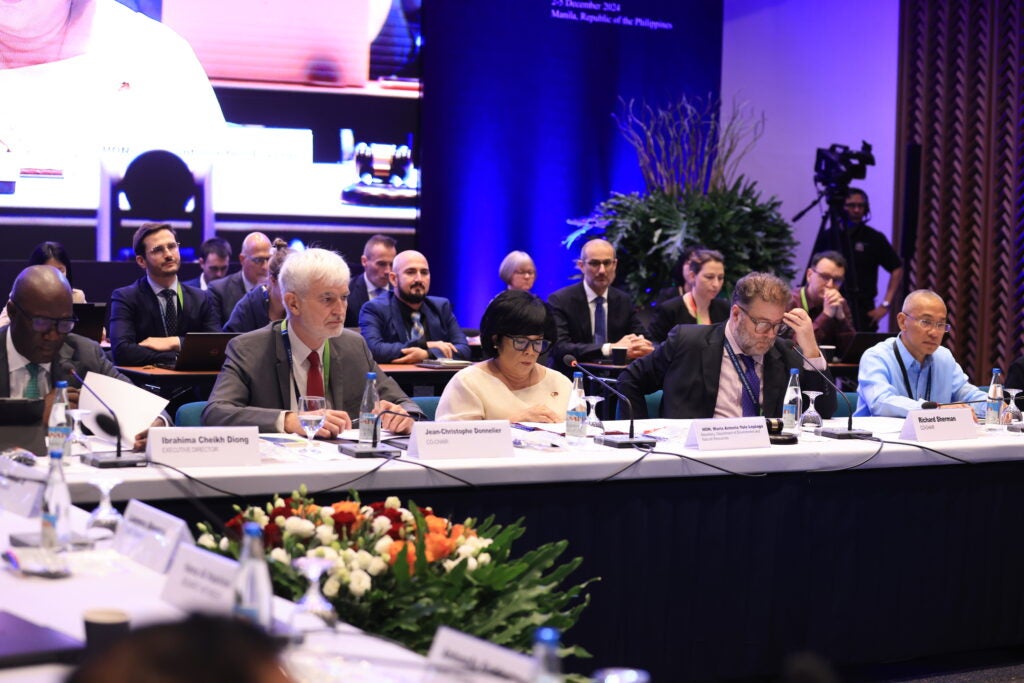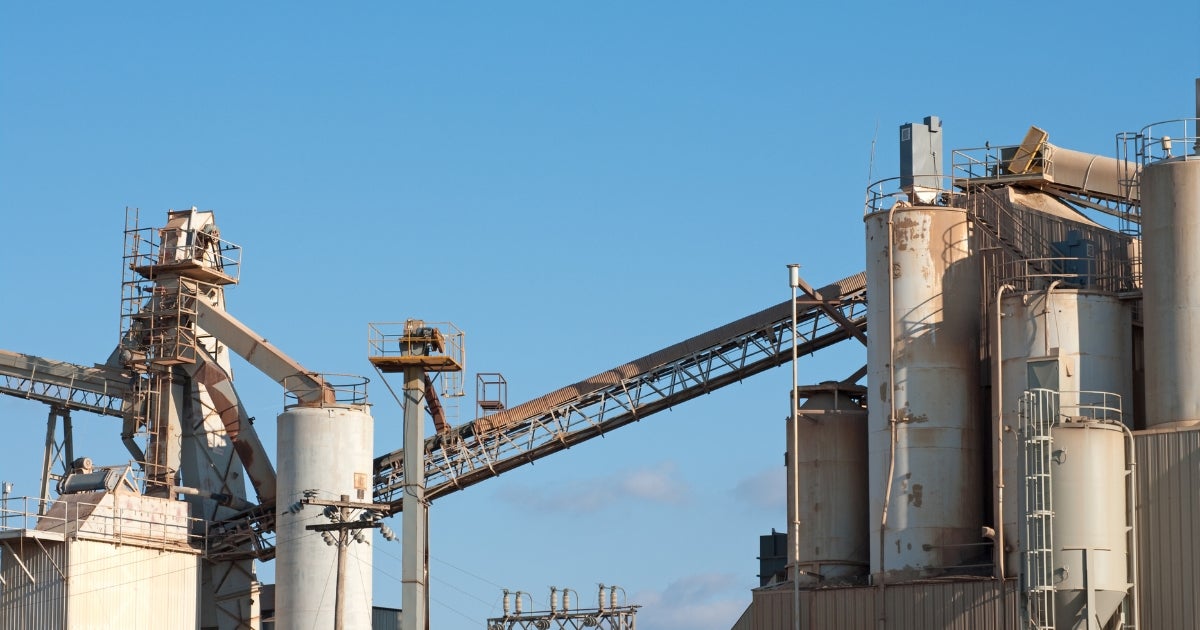The UN climate talks in Baku delivered a new agreement on climate finance (the New Collective Quantified Goal, or NCQG), but it falls short of what science and justice demand. The headline target — mobilizing $1.3 trillion annually by 2035, with developed countries providing $300 billion— is only a fraction of what’s needed. For context, developing countries require an estimated $5.1-6.8 trillion through 2030 alone to address the climate crisis.
Achieving these targets requires immediate action, well before 2035. With climate impacts accelerating and vulnerable nations already facing severe challenges, we need to build momentum quickly toward and beyond these goals. The Baku agreement takes important steps in recognizing critical climate finance quality issues —such as high borrowing costs and limited access— and provides a framework for addressing them. The launch of the “Baku to Belém Roadmap” needs to be a pathway for making near-term progress, particularly on reducing the cost of capital and improving access to finance.
The work didn’t end in Baku. As we look toward COP30, the international community faces a critical challenge: rapidly scaling up both the quantity and quality of climate finance to unlock urgent climate action. This will require immediate, concrete steps from developed nations, international financial institutions, and the private sector to deliver resources at the speed and scale the crisis demands. Success depends on rapidly translating these commitments into action through strengthened international cooperation and innovative financial solutions. Read More















